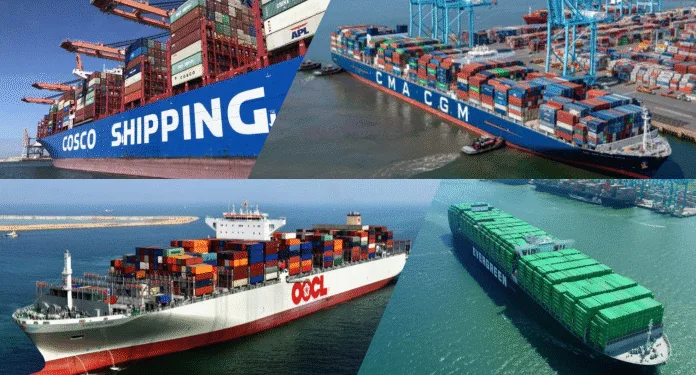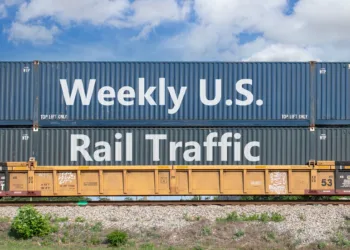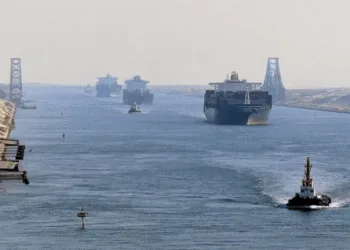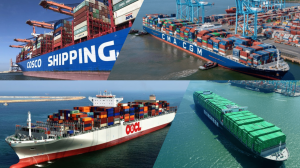
In issue 736, Sea-Intelligence analysed the strategic positioning of the major carrier alliances following the significant restructuring in early 2025. With the new networks now stable, Sea-Intelligence’s analysis uses operated capacity market share as a proxy for market influence. The data, tracked using an 8-week rolling average to smooth out operational volatility, reveals that Ocean Alliance is not just leading, but actively consolidating its dominance on Transpacific and Asia-Europe.
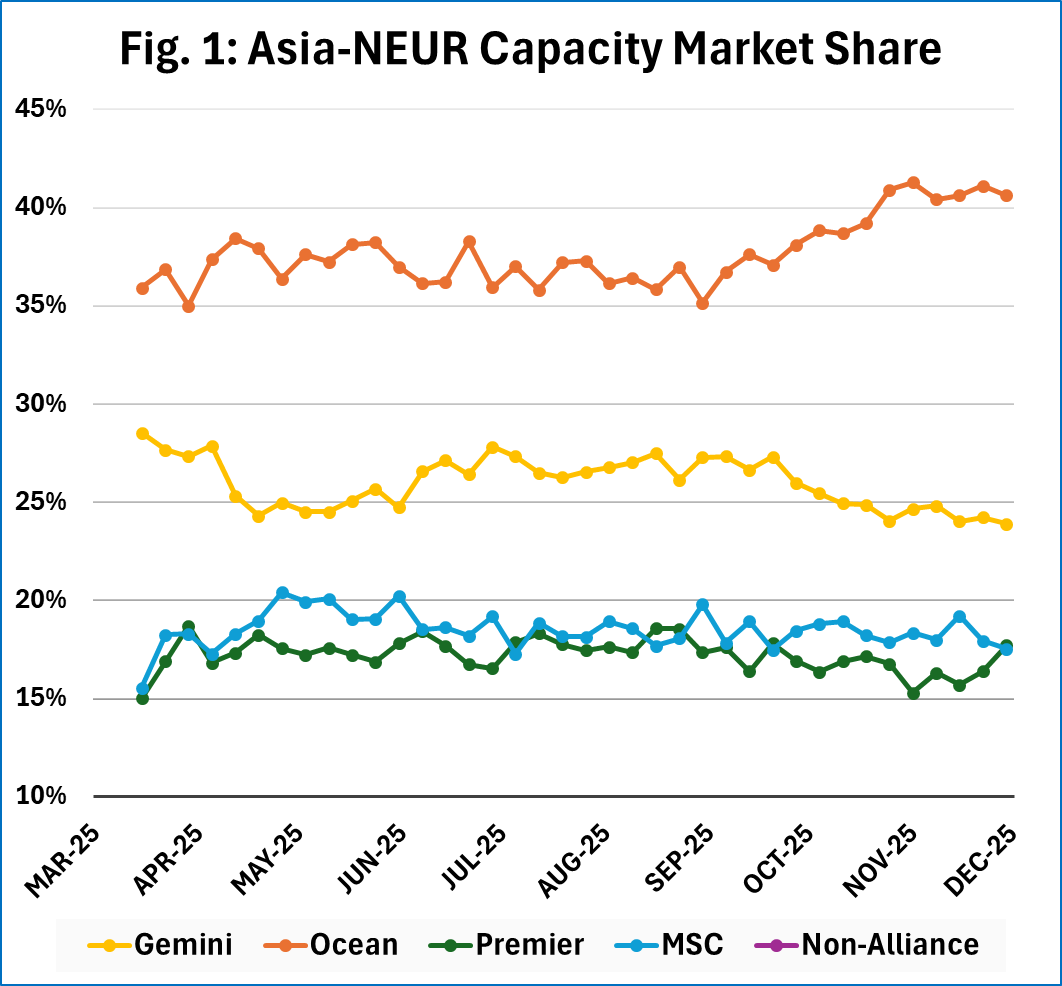
The Asia-North Europe trade, especially, is witnessing a dramatic breakaway by Ocean Alliance. After holding a strong position in the 36-38% range, forward-looking schedules show a remarkable acceleration, with their operated capacity share slated to surge past 39% and reach a peak of 41% by December. While Ocean Alliance pulls away, the battle for second place is intensifying. Gemini Cooperation, which has historically held the number two spot, is projected to see its share weaken, declining from 27% to 24-25% by year-end. This transforms the competitive dynamic into a scramble for the distant second, third, and fourth positions, with Gemini, along with Premier Alliance, and MSC, potentially ending the year much closer to each other.
This trend of consolidating dominance is also evident on the Transpacific. On the Asia-North America West Coast trade, Ocean Alliance’s share is projected to peak at 37% by the end of the year. Their position on the Asia-North America East Coast is even stronger, with schedules indicating a ramp-up to a 38-40% capacity share, creating a competitive gap of nearly 20 percentage points over any single rival. The Asia-Mediterranean trade lane remains the exception, standing out as a far more fragmented and competitive battleground, though even here, Ocean Alliance is scheduled to surge, creating a direct challenge to MSC’s market share leadership.
The post Sea-Intelligence: Ocean Alliance Consolidating Dominance appeared first on Container News.



